 |
Photography, Australian Landscape Photography, Panoramic Photos, |
 |
Photography, Australian Landscape Photography, Panoramic Photos, |
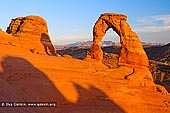 |
| Delicate Arch at Sunset with background of La Sal Mountains US-UTAH-ARCHES-NATIONAL-PARK-0001 |
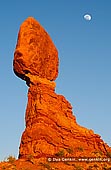 |
| Moon Rising Over The Balanced Rock US-UTAH-ARCHES-NATIONAL-PARK-0002 |
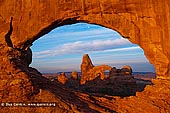 |
| Sunrise at Windows and Turret Arch US-UTAH-ARCHES-NATIONAL-PARK-0003 |
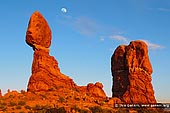 |
| The Balanced Rock at Sunset US-UTAH-ARCHES-NATIONAL-PARK-0004 |
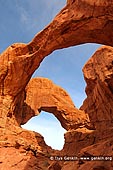 |
| Double Arch US-UTAH-ARCHES-NATIONAL-PARK-0005 |
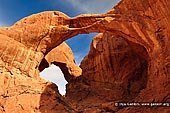 |
| Double Arch in the Morning US-UTAH-ARCHES-NATIONAL-PARK-0006 |
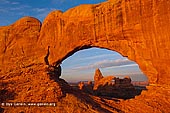 |
| Windows and Turret Arch at Dawn US-UTAH-ARCHES-NATIONAL-PARK-0007 |
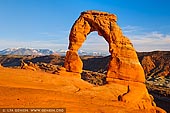 |
| Delicate Arch at Sunset US-UTAH-ARCHES-NATIONAL-PARK-0008 |
Arches National Park is a U.S. National Park in eastern Utah. Arches National Park contains the world's largest concentration of natural stone arches. This National Park is a red, arid desert, punctuated with oddly eroded sandstone forms such as fins, pinnacles, spires, balanced rocks, and arches. The 73,000-acre region has over 2,000 of these "miracles of nature", including the world-famous Delicate Arch, in addition to a variety of unique geological resources and formations. The park is located just outside of Moab, Utah, and is 76,679 acres (31,031 ha) in area. Its highest elevation is 5,653 feet (1,723 m) at Elephant Butte, and its lowest elevation is 4,085 feet (1,245 m) at the visitor center. Forty-three arches have collapsed due to erosion since 1970. The park receives 10 inches (250 mm) of rain a year on average. Administered by the National Park Service, the area was originally created as a National Monument on April 12, 1929. It was redesignated as a National Park on November 12, 1971. Delicate Arch is a 65-foot (20 m) tall freestanding natural arch located in Arches National Park near Moab, Utah. It is the most widely-recognized landmark in Arches National Park and is depicted on Utah license plates and on a postage stamp commemorating Utah's centennial anniversary of statehood in 1996. The Olympic torch relay for the 2002 Winter Olympics passed through the arch. Delicate Arch is located at the end of a moderately strenuous, 1.5 mi (2.4 km) hiking trail from the parking area at Wolfe Ranch. Taking thirty to forty-five minutes each way, the round trip is slightly more than 3 mi (4.8 km) long and the Arch is completely hidden from view on most of this trail. The arch comes into view suddenly around a corner in the trail and frames the La Sal Mountains to the southeast. The immediate area around the Arch offers views of the southern expanse of the park, and has unguarded cliffs plunging one hundred feet or more. A series of scenic arches are located in close proximity in Windows Section, along with pinnacles and other interesting rock formations. Short trails approach the arches. The trails are all easy and never lead far from the parking area. People can easily stroll as far and they feel comfortable and then simple take the shortest route back to their vehicle. The fin that Turret Arch is carving away is over 100 feet wide, but the arch itself is relatively young and small. There is a secondary, smaller arch directly to the right of the main arch, and maybe within a few hundred thousand years or so the two of them will join to create a larger arch. The two Windows (Spectacles) are formed of the same sandstone fin, one of the farthest reaches of the collection that sits below Elephant Butte. Double Arch takes its name because of it consists of two arches that share the same stone as a foundation for both of their outer legs. Double Arch was formed by downward water erosion from atop the sandstone, rather than from side-to-side water erosion. Photographers from around the world travel to Arches National Park to photograph the incredible arches and sandstone formations in the park. Some of the most famous formations to photograph include Delicate Arch at sunset, Turret Arch through Window Arch at sunrise, Double Arch in the Windows Section, Landscape Arch, Balanced Rock, and Skyline Arch.
|